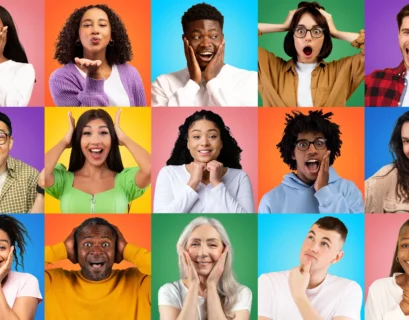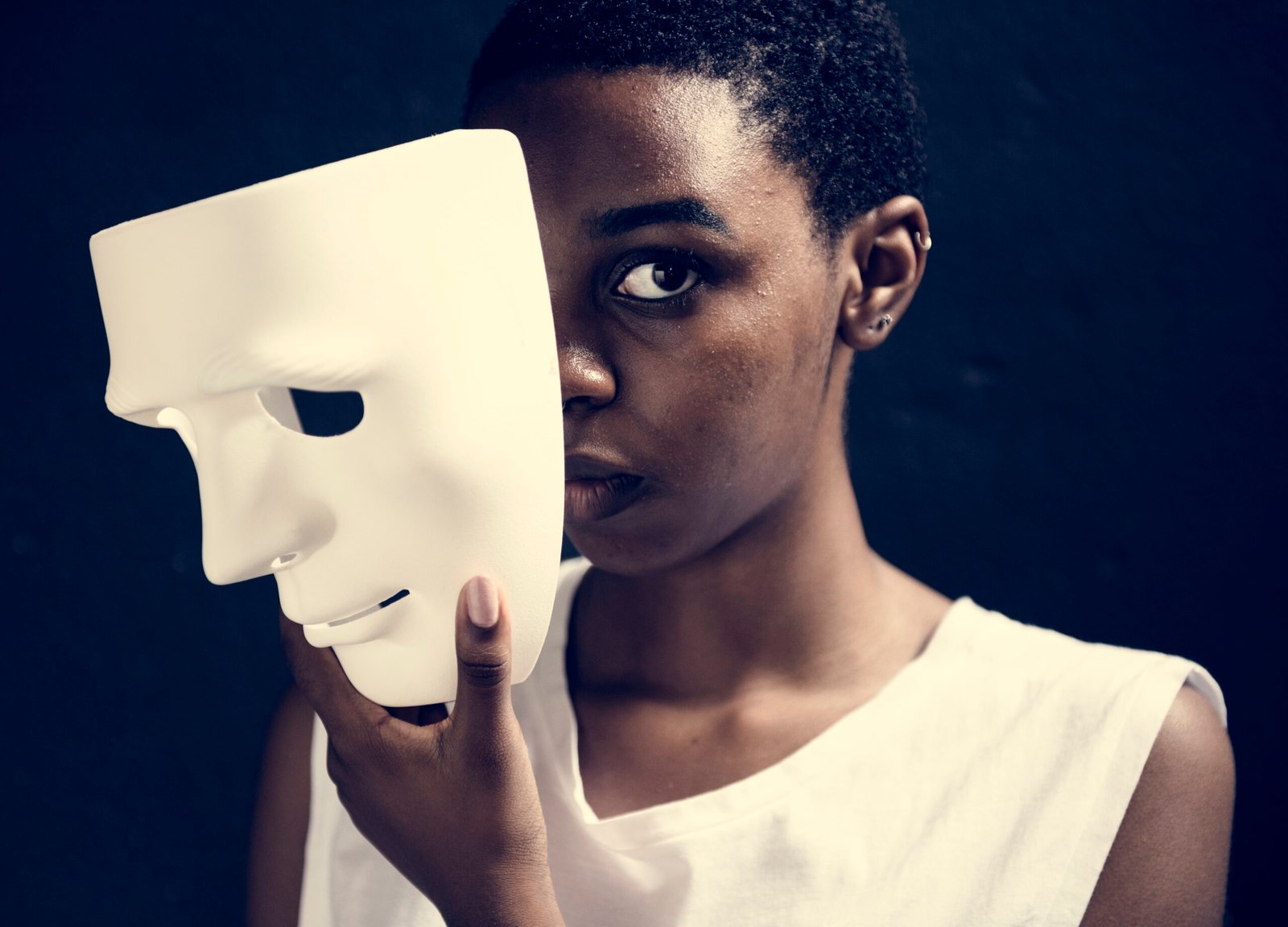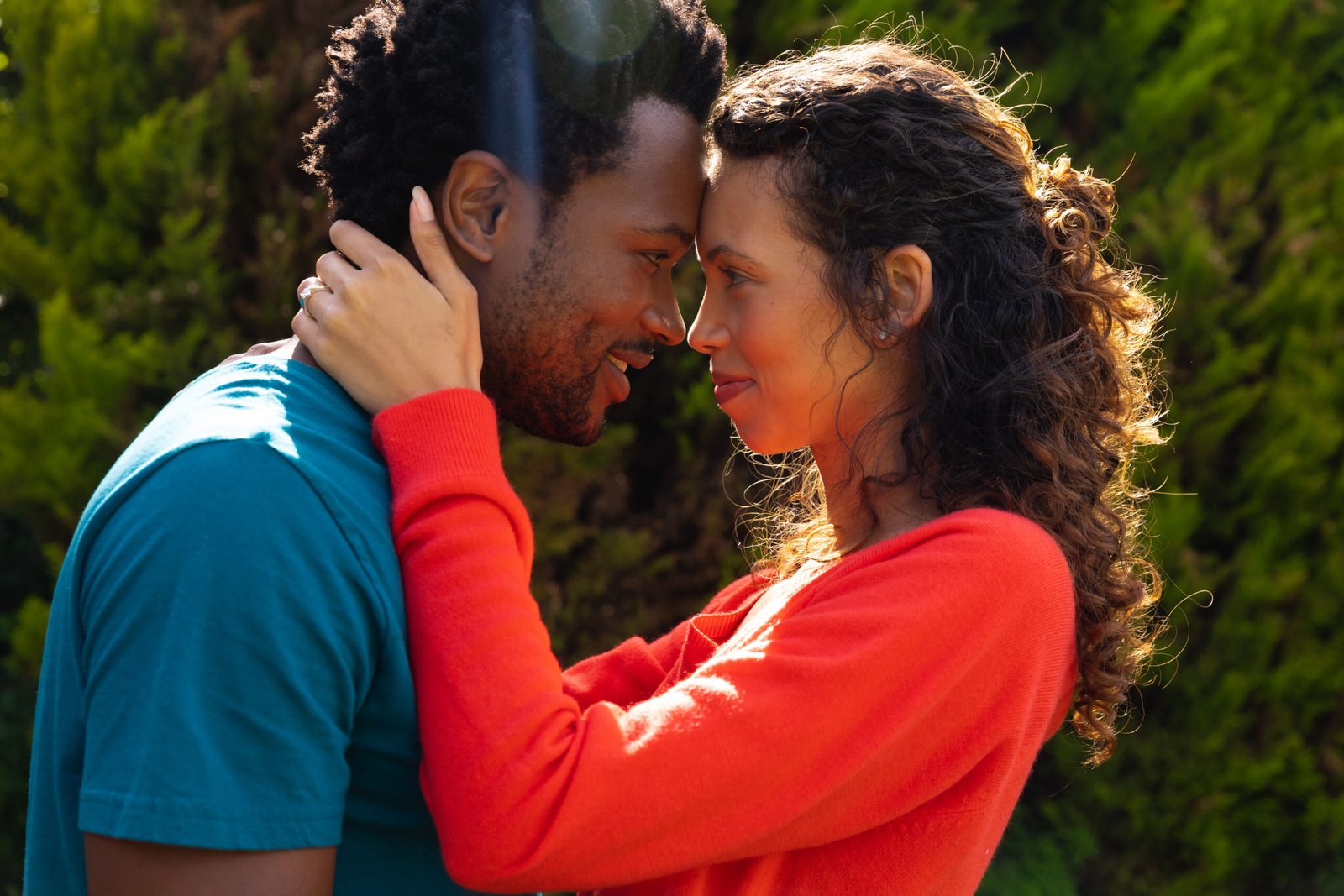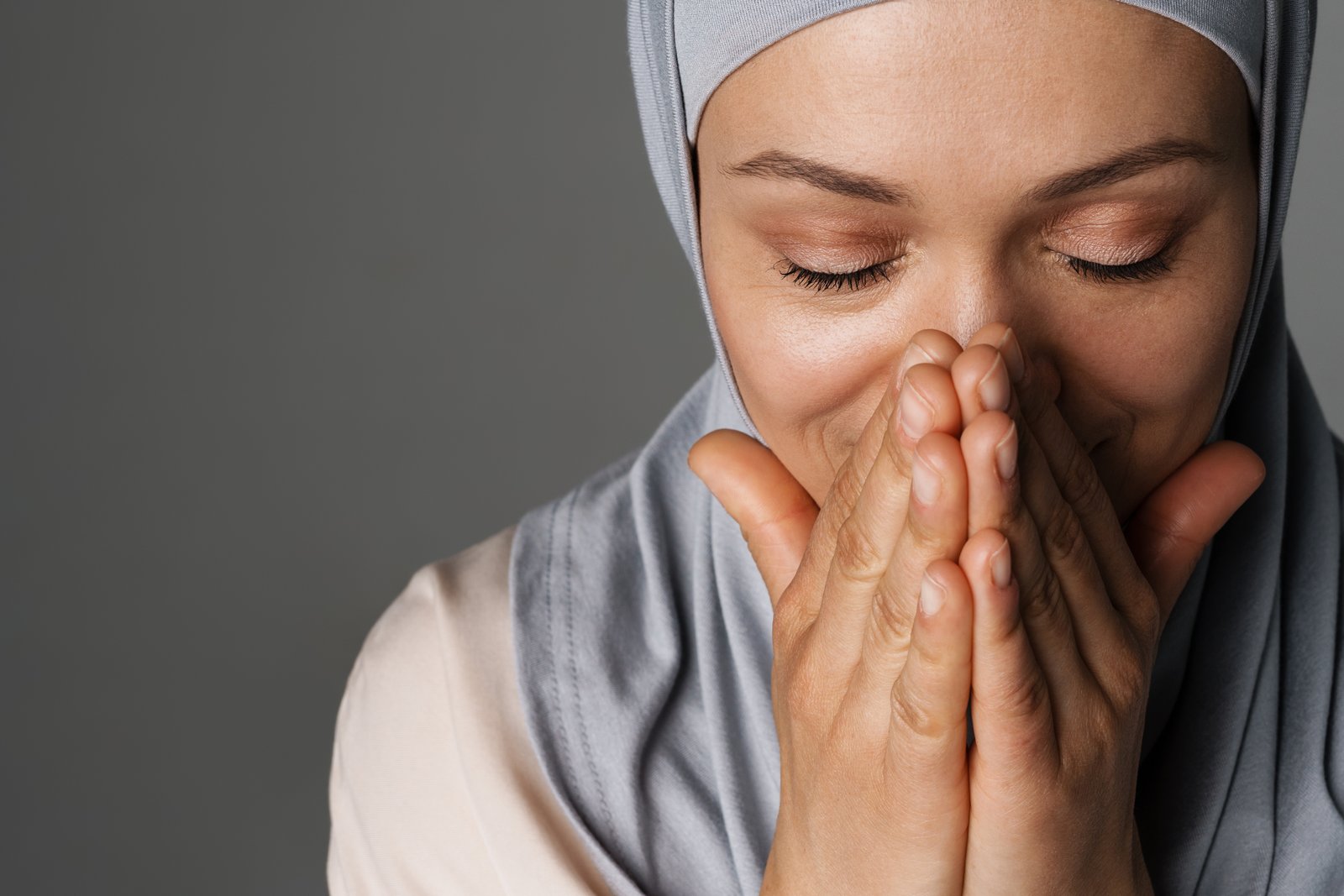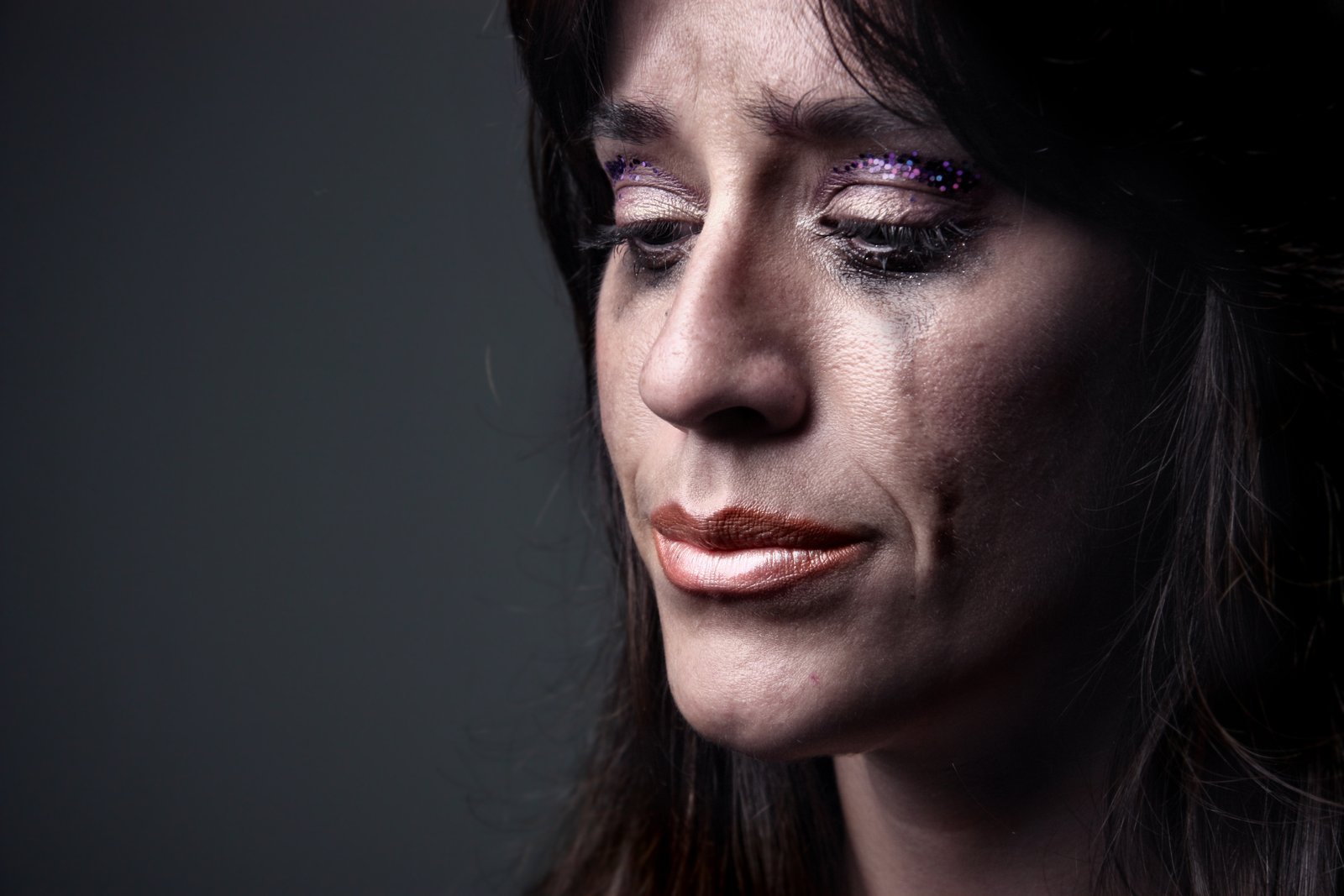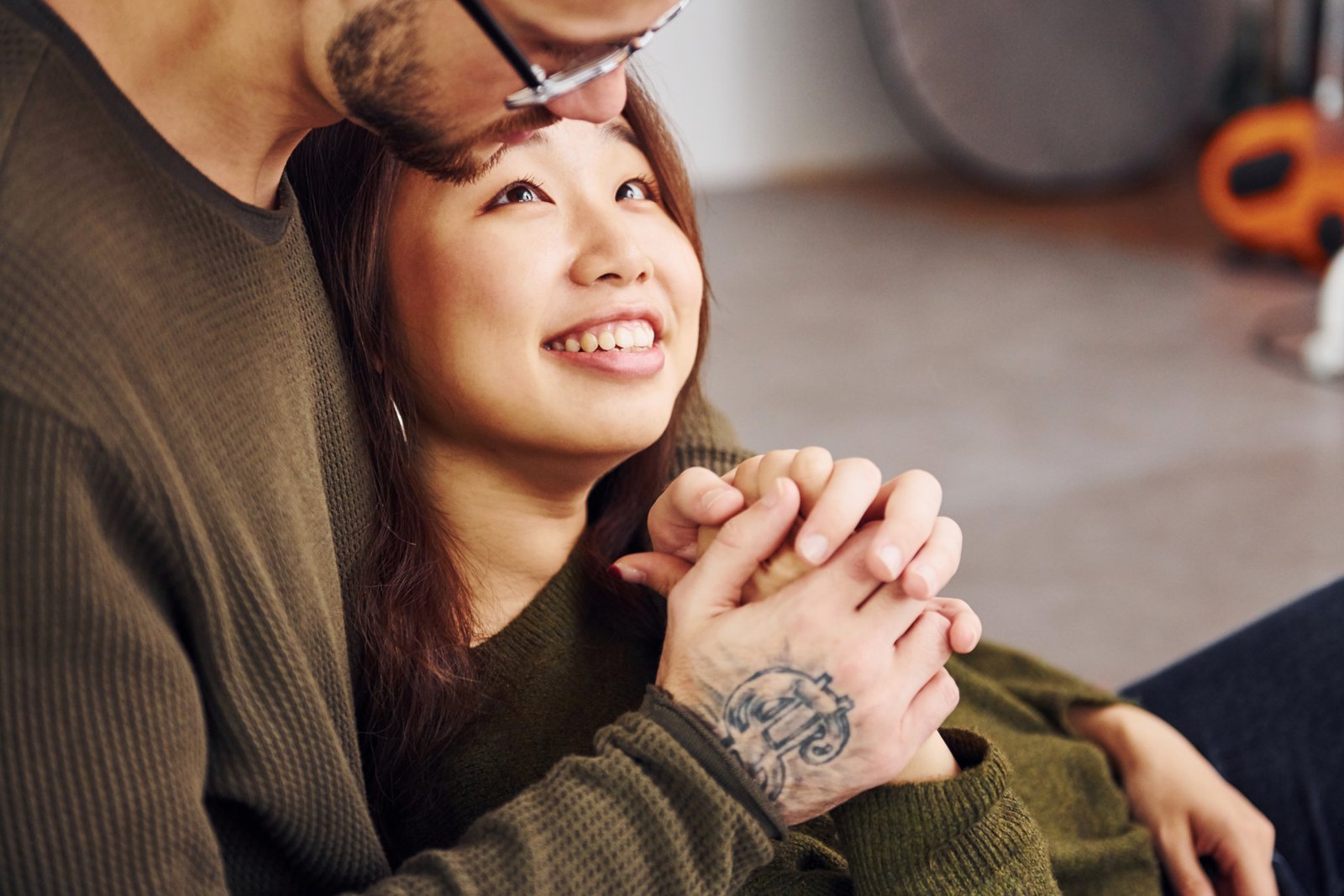Hugs are a universal form of non-verbal communication, transcending cultural and linguistic barriers to convey a multitude of feelings and intentions. From joy and comfort to affection and support, the act of hugging speaks volumes about our emotions and relationships without the need for words. As an integral part of human interaction, hugs play a crucial role in expressing sentiments that sometimes words cannot capture adequately.
The language of hugs is rich and varied, with each type of hug carrying its own unique message. Understanding these subtle differences can enhance our ability to connect with others on a deeper emotional level. Whether it’s a tight embrace that signals deep affection or a gentle pat on the back that offers reassurance, each hug tells a story.
By delving into the different types of hugs, we gain insight into the complex dynamics of human relationships. This exploration allows us to recognize the intent behind each gesture, fostering a greater appreciation for the silent yet powerful language of physical touch. As we navigate through the myriad of hugs, we uncover how this simple act can communicate a spectrum of emotions ranging from love and comfort to solidarity and sympathy.
In the following sections, we will dissect twelve distinct types of hugs, shedding light on their specific meanings and the contexts in which they are most commonly used. This journey through the language of hugs will equip you with the knowledge to interpret these non-verbal cues more accurately, enhancing your emotional intelligence and interpersonal connections.
The Bear Hug
A bear hug is typically characterized by its firmness and the full-body involvement of both parties. This type of hug is often tight, enveloping the other person completely, and it is usually longer in duration compared to other types of hugs. The physical closeness and intensity of a bear hug suggest a deep emotional connection between the individuals sharing it. It is a gesture that signifies not only affection but also a sense of security and protection.
Bear hugs are commonly associated with strong feelings of love and support. They are a way of conveying a profound sense of care and concern, making the recipient feel cherished and valued. This type of embrace often occurs in emotionally charged moments, such as reuniting with a loved one after an extended period apart. For instance, when family members greet each other at an airport after a long separation, the initial embrace is often a bear hug, reflecting the joy and relief of being together again.
Another common context for bear hugs is during moments of comfort and reassurance. When someone is going through a difficult time, offering a bear hug can communicate empathy and solidarity. It is a non-verbal way of saying, “I am here for you, and I care deeply about your well-being.” This makes bear hugs especially meaningful in relationships where emotional support is pivotal, such as between close friends, partners, or family members.
In essence, the bear hug transcends mere physical contact; it is an embodiment of emotional warmth and protective instincts. Whether it’s a joyous reunion or a comforting gesture during tough times, bear hugs play a crucial role in expressing profound affection and unwavering support, making them one of the most heartfelt types of hugs.
The Side Hug
The side hug is a common form of embrace where one arm wraps around the shoulder of the other person. Unlike the full hug, which envelops the entire body, the side hug is more casual and relaxed. This type of hug is frequently seen among friends, acquaintances, and even colleagues, making it a versatile gesture.
One of the key characteristics of the side hug is its ability to convey a sense of camaraderie and comfort. The partial embrace allows for a physical connection without the intensity or intimacy of a full hug. This makes it an ideal choice for situations where a more formal or restrained show of affection is appropriate, such as in professional environments or casual social gatherings.
The side hug often signifies trust and mutual respect, as it requires a level of closeness but maintains personal space. It’s a way to show support and solidarity without crossing boundaries. For instance, friends might use a side hug to express their appreciation for each other, offering a quick but meaningful gesture of friendship.
Additionally, the side hug can be a practical choice in settings where a full hug might be impractical or awkward. For example, in crowded places or when both individuals are standing side by side, the side hug allows for a brief connection without disrupting the flow of activity. This is why it is commonly seen at social events, sports gatherings, and even during casual meetups.
Overall, the side hug is a versatile and friendly gesture that fits a wide range of social contexts. It effectively communicates a sense of ease and approachability, reinforcing bonds between individuals without the need for a more intense physical embrace. Whether among friends, family, or acquaintances, the side hug is a simple yet powerful way to show that you care.
The Back Hug
The back hug, characterized by one person embracing another from behind, carries a unique set of dynamics that differentiate it from other types of hugs. This form of hug often serves as a gesture of surprise, intimacy, and protection, combining elements that convey deep emotional connections.
One of the primary implications of a back hug is the element of surprise. Because the recipient is usually not facing the hugger, this type of embrace can catch them off-guard, often eliciting a spontaneous and genuine reaction. This surprise element can be particularly effective in romantic relationships, where it can reignite a sense of spontaneity and excitement. Moreover, the back hug is deeply intimate. The hugger typically wraps their arms around the recipient’s waist or shoulders, bringing their bodies into close contact. This physical closeness promotes a sense of unity and emotional bonding, reinforcing the connection between the individuals involved.
Protection is another significant aspect of the back hug. By holding someone from behind, the hugger often signals a desire to shield and support the recipient. This protective gesture is not only common in romantic relationships but also between close friends and family members. It conveys a sense of safety and reassurance, which can be comforting and uplifting for the person being hugged.
Contexts in which the back hug is prevalent include both romantic and platonic relationships. In romantic settings, it can be a spontaneous act that enhances intimacy and affection. It is not uncommon to see couples engaging in back hugs during moments of quiet connection or as a playful gesture. Among close friends, a back hug can serve as a sign of camaraderie and mutual support, often used to comfort or cheer up someone feeling down.
Overall, the back hug is a multifaceted type of hug that combines elements of surprise, intimacy, and protection, making it a powerful gesture in various relational contexts.
The Polite Hug
The polite hug is a gesture often reserved for situations where formal or courteous interaction is required. Characterized by minimal body contact, this type of hug typically involves a brief embrace with a light pat on the back. It is commonly used in professional or social settings where individuals seek to convey respect and acknowledgment without delving into more personal or intimate territory.
In a business environment, the polite hug may come into play when greeting a colleague at a conference or bidding farewell after a successful meeting. This manner of hugging serves as a middle ground between a formal handshake and a more affectionate hug, striking a balance that maintains professionalism while still offering a touch of warmth.
Social events also see their fair share of polite hugs. For instance, when acquaintances meet at a gathering or when individuals are introduced for the first time, a polite hug can serve to break the ice without overstepping boundaries. It’s a way to show that one is friendly and approachable, yet aware of the social decorum that the situation demands.
The essence of the polite hug lies in its restraint. By avoiding prolonged contact and opting for a gentle pat, individuals can communicate their goodwill and cordiality without creating discomfort. This type of hug is a testament to the nuanced ways in which people navigate social interactions, blending formality with a touch of human connection.
The Tight Hug
The tight hug is characterized by its intensity and the profound emotional connection it conveys. Unlike a casual embrace, a tight hug envelops the receiver in a firm, all-encompassing grip, signifying deep affection and a strong desire to be close. It is a physical manifestation of heartfelt emotions, often used to provide reassurance and comfort in various situations. The tight hug goes beyond mere physical contact; it is an expression of solidarity and a testament to the bond shared between the individuals involved.
This type of hug is particularly significant during moments of grief or distress. When words fail to convey the depth of sorrow or the extent of support one wishes to offer, a tight hug steps in to fill the void. It communicates a sense of presence and unwavering support, letting the receiver know that they are not alone in their moments of hardship. The intensity of the hug can provide a sense of security and solace, making it a powerful tool in emotional healing.
Conversely, a tight hug can also be a symbol of joy and celebration. During moments of triumph or happiness, such as a long-awaited reunion, a tight hug can encapsulate the sheer delight and overwhelming emotions experienced. It becomes a shared expression of elation, reinforcing the positive connection and mutual joy between the individuals. In such scenarios, the tight hug serves as a conduit for the exuberant feelings that words might fail to fully articulate.
In essence, the tight hug is a versatile and deeply meaningful gesture that can convey a wide range of emotions. Whether it’s providing comfort during sorrow or amplifying joy during happy occasions, this type of hug underscores the importance of human connection and the profound impact it can have on our emotional well-being.
The One-Arm Hug
The one-arm hug, where an individual wraps a single arm around another’s shoulder or back, is a gesture that typically epitomizes casualness and often, platonic affection. This type of hug is less intimate than a two-armed embrace, making it a versatile form of physical contact that can convey support, friendship, or camaraderie without crossing personal boundaries.
Among its many interpretations, the one-arm hug can signify a brief but meaningful show of solidarity. For instance, during moments of shared accomplishment or support, like congratulating a friend on a job well done or offering comfort during a difficult time, this type of hug serves as a quick yet effective means of non-verbal communication. The simplicity of the gesture allows it to be used in various social contexts without the risk of misinterpretation.
Commonly, the one-arm hug is observed among friends, colleagues, or teammates. It is frequently seen after sports activities, where teammates exchange one-arm hugs to celebrate a victory or encourage each other after a setback. This hug is also prevalent in casual social settings, such as during group photos or at informal gatherings, where it serves to reinforce bonds without the necessity of prolonged physical contact.
Despite its seemingly casual nature, the one-arm hug holds significant meaning in its ability to convey a sense of presence and support. It acts as a bridge, connecting individuals through a shared physical touch while respecting personal space. This balance makes it an ideal gesture for maintaining social connections and expressing camaraderie.
In essence, the one-arm hug is a powerful yet understated form of affection. Its versatility and ease of use make it a staple in everyday interactions, providing a quick and effective way to show someone that you care, without the need for words.
The Heart-to-Heart Hug
The heart-to-heart hug is a unique and profound embrace where individuals align their chests, bringing their hearts closer together. This type of hug goes beyond the physical act of holding someone; it taps into a deeper emotional and spiritual connection. Often observed in romantic relationships or among individuals with a deep bond, the heart-to-heart hug symbolizes an intimate exchange of love and mutual understanding.
When two people engage in a heart-to-heart hug, they are not merely sharing a moment of physical closeness but are also opening themselves up to a vulnerable yet powerful connection. This hug is characterized by its ability to convey emotions that words often fail to express. It is a silent communication of affection, support, and empathy, making it a cherished gesture in any relationship.
In romantic relationships, the heart-to-heart hug acts as a reaffirmation of love and commitment. It serves as a reminder of the emotional and spiritual synchronization between partners. This hug is not just about being physically close; it is about feeling each other’s heartbeat, which metaphorically represents being in tune with each other’s emotions and thoughts. The heart-to-heart hug can also be seen in friendships or familial relationships where the connection transcends mere acquaintance and delves into genuine care and understanding.
The symbolism of the heart-to-heart hug lies in its ability to create a space where two individuals can feel safe, understood, and cherished. It is a moment of mutual vulnerability that strengthens the bond between them. The heart-to-heart hug is a powerful reminder that true intimacy involves not just physical proximity but also an emotional and spiritual closeness that nurtures and sustains relationships.
The London Bridge Hug
The London Bridge hug is a distinct form of embrace, characterized by minimal body contact and a notable forward lean from the waist. This particular hug often stands out due to its awkwardness and the palpable sense of discomfort it conveys. Unlike more intimate hugs that involve full-body contact, the London Bridge hug is marked by a deliberate distance between the participants’ torsos, creating an image reminiscent of the iconic London Bridge. The arms may touch, but the core of the bodies remains apart, highlighting a clear physical and emotional boundary.
Such a hug typically signifies a lack of closeness or an underlying discomfort between the individuals involved. It can be an unspoken indication that one or both parties prefer to maintain a certain level of personal space, signaling that the relationship is not sufficiently developed to warrant a more intimate form of physical connection. The London Bridge hug is often observed in scenarios where the participants are distant acquaintances or when social interactions feel forced or obligatory.
For instance, this type of hug might occur at a formal event where two people meet for the first time and feel compelled to engage in some form of greeting, but are not yet comfortable enough to share a more heartfelt embrace. Similarly, it can be seen in situations where individuals are required to interact but share no genuine affection or familiarity, such as in professional settings or among distant family members who rarely see each other. The London Bridge hug serves as a polite gesture, maintaining social decorum while clearly demarcating personal boundaries.
Understanding the nuances of the London Bridge hug can offer valuable insights into the dynamics of a relationship. It is a subtle yet telling indicator of the emotional distance and the comfort levels shared between the individuals, reflecting a need for personal space and a reluctance to engage in closer physical contact.
The Catcher Hug
The catcher hug is a dynamic and exuberant type of embrace, where one person jumps into the arms of another, often wrapping their legs around the other’s waist. This hug is deeply rooted in a sense of playfulness and enthusiasm, typically seen in romantic relationships or among very close friends. The act of leaping into someone’s arms symbolizes a high level of trust and comfort, indicative of a strong emotional bond between the participants.
In romantic contexts, the catcher hug conveys a powerful message of joy and excitement, often occurring during moments of reunion after a period of separation. The spontaneity and physicality of this hug highlight the intensity of the emotions shared, making it a vivid expression of affection and connection. For close friends, this type of hug can be a jubilant way to celebrate a special occasion or simply to express mutual delight in each other’s company.
The exuberance of the catcher hug can also be seen as a metaphor for the relationship itself. It suggests a bond that is full of energy, fun, and mutual support. The willingness to physically lift and support another person reflects the emotional readiness to be there for each other through various life situations. This hug is not just about the physical closeness but also about the emotional upliftment and shared happiness.
Overall, the catcher hug is a vivid and joyous expression of deep affection and unwavering trust, making it a cherished gesture among those who share a close and loving relationship. Whether in the context of romance or friendship, this hug encapsulates a moment of pure, unrestrained happiness and connection.
The Pat Hug
The pat hug is a distinctive type of embrace where the hug is accompanied by gentle pats on the back. This gesture can convey a multitude of emotions and intentions, making it a versatile form of physical communication. Often, the pat hug is employed to provide comfort or reassurance, serving as a non-verbal way to show empathy and support.
One of the most common scenarios for a pat hug is during moments of consolation. For instance, when someone is going through a difficult time, a pat on the back during a hug can offer solace and convey a sense of understanding. The rhythmic patting can be soothing, helping to calm and reassure the person in distress.
Another situation where the pat hug is appropriate is during farewells. Whether saying goodbye to a friend who is moving away or parting ways with a colleague on their last day at work, the pat hug can symbolize a warm send-off. The patting action can indicate encouragement and best wishes for the future, adding an extra layer of emotional support to the embrace.
The pat hug is also fitting after sharing good news. For example, when celebrating a friend’s promotion or congratulating someone on an achievement, the pat on the back can express pride and joy. It reinforces the positive emotions associated with the news, making the hug feel more heartfelt and genuine.
Overall, the pat hug is a multifaceted form of embrace that can adapt to different contexts. Whether offering comfort, saying goodbye, or celebrating success, the pat on the back adds a meaningful dimension to the hug, enhancing its emotional impact. By understanding the nuances of the pat hug, one can better navigate the complexities of human interactions and convey the right sentiments in various situations.
The Slow Dance Hug
The slow dance hug is a poignant and emotionally charged embrace, often encountered in romantic settings. Characterized by individuals holding each other closely while swaying gently, this hug is synonymous with intimacy and deep emotional connection. It is a tender gesture typically shared during slow dances at weddings, proms, or during private, intimate moments.
In the context of a slow dance, partners are drawn into each other’s personal space, establishing a rhythm that mirrors their emotional bond. This type of hug involves a subtle, yet profound, exchange of warmth and affection. It is not merely a physical act but a silent conversation where both parties communicate their feelings and intentions without uttering a single word. The close proximity allows for the exchange of heartfelt sentiments, making it a favored gesture among couples deeply in love.
The slow dance hug is also a representation of trust and vulnerability. When two individuals engage in this type of embrace, they are often conveying a sense of safety and security. It is a moment where they let their guards down, allowing themselves to be vulnerable in the presence of their partner. This mutual trust strengthens the emotional bond and fosters a deeper connection, often leading to a more profound and meaningful relationship.
Moreover, the slow dance hug is frequently associated with romance and deep affection. It is a timeless gesture that has been romanticized in countless movies, songs, and literature, symbolizing the epitome of love and passion. Whether in a grand ballroom or a quiet living room, this hug encapsulates the essence of romantic love, making it a cherished gesture among couples.
In essence, the slow dance hug is more than just an embrace; it is a powerful expression of love, trust, and emotional intimacy. It is a moment where two hearts beat in unison, creating a harmonious connection that transcends words.
Conclusion: The Power of Hugs
Throughout this exploration of the 12 types of hugs and their meanings, it becomes clear that hugs are much more than simple physical gestures. Each type of hug, from the friendly side hug to the deeply intimate bear hug, conveys a unique blend of emotions and intentions. Understanding these nuances can significantly enhance our interpretation of non-verbal communication in our relationships.
Hugs serve as a powerful medium to express a myriad of emotions. A brief and gentle pat on the back can offer comfort and reassurance in times of sorrow, while a lingering embrace can signal deep affection and love. The power of a hug lies in its ability to transcend words, offering support, warmth, and a sense of connection that verbal communication sometimes cannot achieve.
Moreover, recognizing the various types of hugs can help us respond more empathetically to the needs of those around us. Whether it’s offering a compassionate hug to a grieving friend or sharing a joyous embrace with a loved one, our understanding of these non-verbal cues enhances our capacity for empathy and emotional support.
In essence, hugs are a vital component of human interaction, fostering bonds and conveying sentiments that words might fail to express. By appreciating the diverse meanings behind each type of hug, we can better navigate our social interactions, ensuring that our gestures of affection are both appropriate and meaningful. As we continue to explore and understand these silent yet powerful forms of communication, we enrich our relationships and deepen our connections with those we care about.




